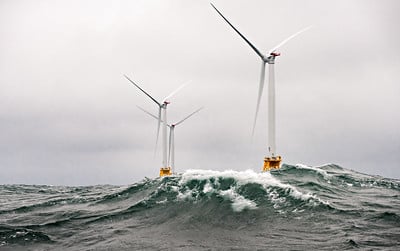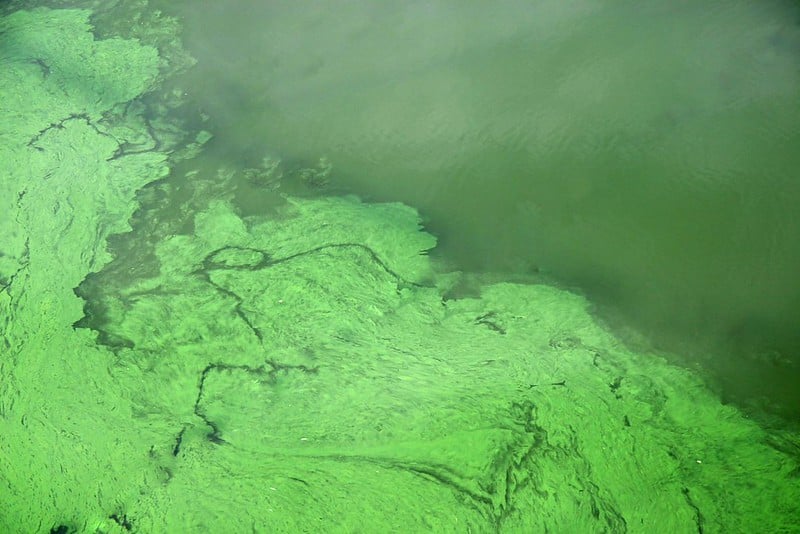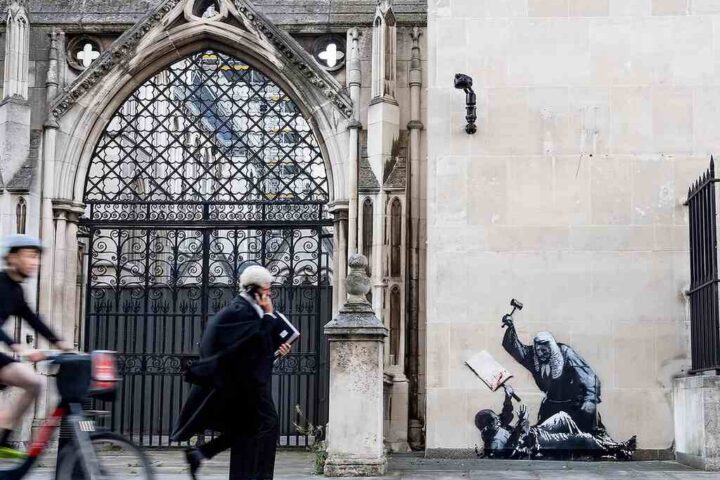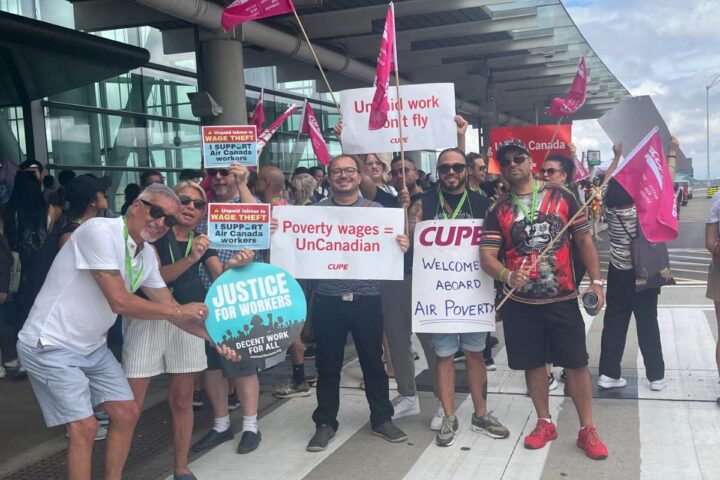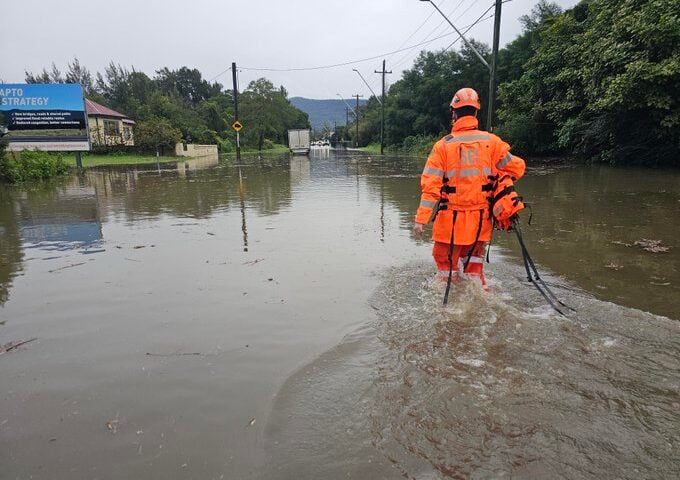Seventeen states and the District of Columbia have filed a lawsuit against the Trump administration, challenging its January 2025 executive order that halted offshore wind projects nationwide. The legal battle centers on whether the administration properly justified this abrupt policy shift that affects billions in investments and thousands of jobs in renewable energy.
The lawsuit, filed on May 4, 2025, in the U.S. District Court in Boston, argues that the “Wind Directive” violates the Administrative Procedure Act (APA) because the administration provided “no reasoned justification” for reversing long-standing federal support for wind energy development.
New York Attorney General Letitia James leads the coalition, which includes Arizona, California, Colorado, Connecticut, Delaware, Illinois, Maine, Maryland, Massachusetts, Michigan, Minnesota, New Jersey, New Mexico, Oregon, Rhode Island, Washington, and D.C.
“This arbitrary and unnecessary directive threatens the loss of thousands of good-paying jobs and billions in investments, and it is delaying our transition away from the fossil fuels that harm our health and our planet,” James said.
The Wind Directive and Its Effects
On January 20, 2025, President Trump issued a Presidential Memorandum using Section 12(a) of the Outer Continental Shelf Lands Act to withdraw all offshore areas from wind leasing and halt permit approvals. The order suspended new leases, permits, and loans for both offshore and onshore wind projects pending what the administration called a “comprehensive assessment and review.”
The impact was swift. On April 16, 2025, the Bureau of Ocean Energy Management (BOEM) ordered Equinor to stop work on Empire Wind 1 off New York’s coast. This project was already 30% complete after a seven-year approval process that included a 3,000-page Environmental Impact Statement.
Equinor CEO Anders Opedal called the stop-work order “unprecedented and in our view unlawful,” noting that delays cost up to $50 million weekly and could force the project’s termination.
The administration cited concerns about “alleged legal deficiencies” and claimed wind projects “cause tremendous problems with the fish and the whales” while “ruining beautiful landscapes” and increasing energy costs. However, these claims contradict findings from NOAA Fisheries that there are “no known links between large whale deaths and ongoing offshore wind activities.”
Legal Arguments and the APA
The lawsuit hinges on the Administrative Procedure Act, which requires federal agencies to provide public notice, allow comment periods, and offer “reasoned explanations” for policy changes. The APA prohibits agency actions that are “arbitrary and capricious.”
The states argue that the Trump administration acted outside its legal authority and failed to explain why it reversed established federal policy supporting wind energy development.
The case also invokes the “Major Questions Doctrine,” which requires clear congressional authorization for agency decisions with “vast economic and political significance.” The states contend that BOEM’s wind-leasing freeze lacks such a statutory mandate.
Similar Posts
Environmental Support Through Amicus Brief
Ten major environmental organizations filed a “friend of the court” brief supporting the lawsuit. These include the Natural Resources Defense Council (NRDC), Sierra Club, Environmental Defense Fund, National Wildlife Federation, and others represented by Earthjustice.
The brief details wind power’s benefits:
- Public health improvements through reduced air pollution from fossil fuels
- Community benefits via job creation and local economic development
- Economic gains from multi-billion-dollar investments and energy independence
- Climate change mitigation through reduced greenhouse gas emissions
Julia Forgie, senior attorney at NRDC, stated: “The administration’s ban on all wind permits is unexplained, inconsistent, and incoherent. It hamstrings a critical industry when we need it most. States, industry groups, and environmental groups are united in telling the court that the wind ban is clearly unlawful and should be lifted immediately.”
Josh Berman, senior attorney at the Sierra Club, added: “The Trump Administration’s illegal ban on wind energy is an attack on America’s clean energy future. This ban stifles domestic energy production, kills well-paying jobs, and forces Americans to pay higher energy prices.”
The Offshore Wind Pipeline at Risk
The halt threatens significant renewable energy capacity. As of April 2025, BOEM had 16 Construction & Operations Plans under review and 32 active lease areas (27 Atlantic, 5 Pacific), representing nearly 27 gigawatts of potential power—enough for millions of homes.
The Biden administration had previously set targets of 30 gigawatts of offshore wind by 2030 and 15 gigawatts of floating offshore wind by 2035. These goals projected 77,000 jobs, $12 billion in annual investment, and the development of 10 manufacturing plants.
The wind industry currently provides over 10% of U.S. power and employs approximately 131,000 people. BloombergNEF estimates that $28 billion in investments are affected by the policy reversal.
Recent Developments
In a notable development, New York Governor Kathy Hochul announced on May 19, 2025, that the Empire Wind 1 project would be allowed to continue. While Interior Secretary Doug Burgum suggested this was related to New York’s willingness to “move forward on critical pipeline capacity,” a Hochul spokesperson clarified that “no deal on any natural gas pipeline was reached.”
BOEM has quietly lifted the stop-work order, allowing Empire Wind 1 vessels to return to construction activities. This suggests some flexibility in the administration’s position, though the broader halt on new approvals remains in place.
The Legal Process Ahead
The lawsuit seeks to have the executive order declared unlawful and prevent federal agencies from blocking wind projects. The Trump administration filed its opposition brief on May 17, 2025, arguing the pause is a “temporary, prudent review” under OCSLA Section 12(a). The plaintiffs’ reply is due May 27, 2025.
The court will decide whether to grant a preliminary injunction lifting the ban while the full case proceeds through the legal system. This decision will have immediate implications for projects currently in limbo.
The lawsuit represents a coordinated effort by states, industry stakeholders, and environmental groups to challenge what they view as an unjustified reversal of clean energy policy. The court’s ruling will determine whether offshore wind development can proceed while broader energy policy questions are debated.
